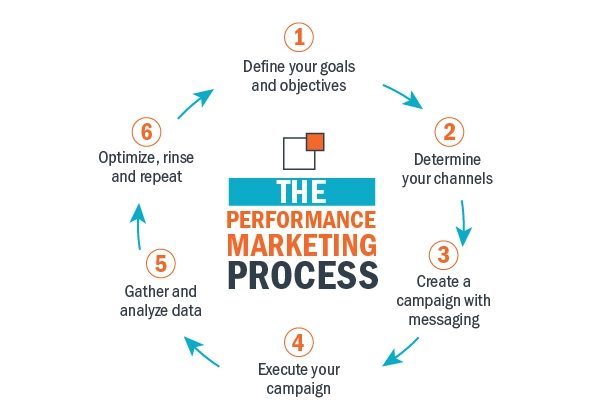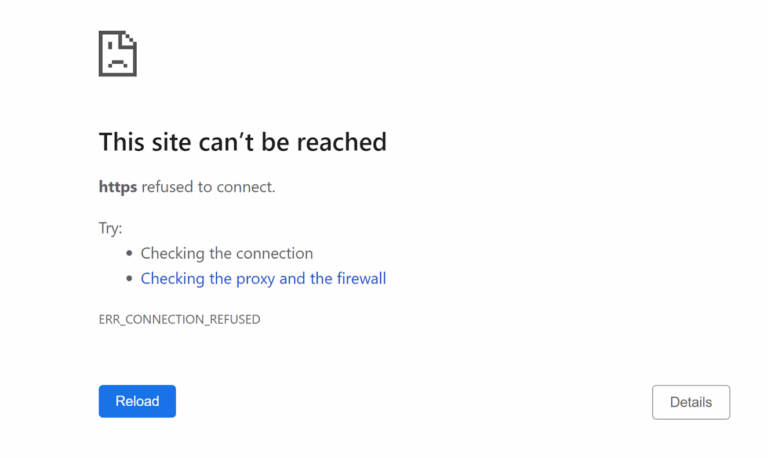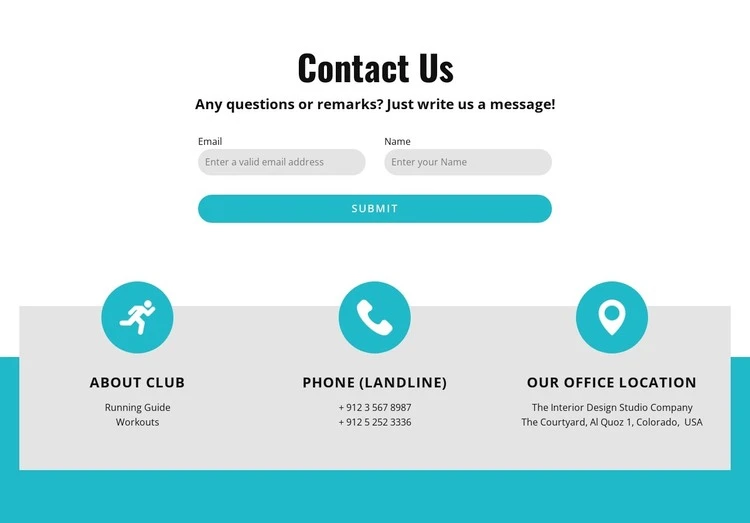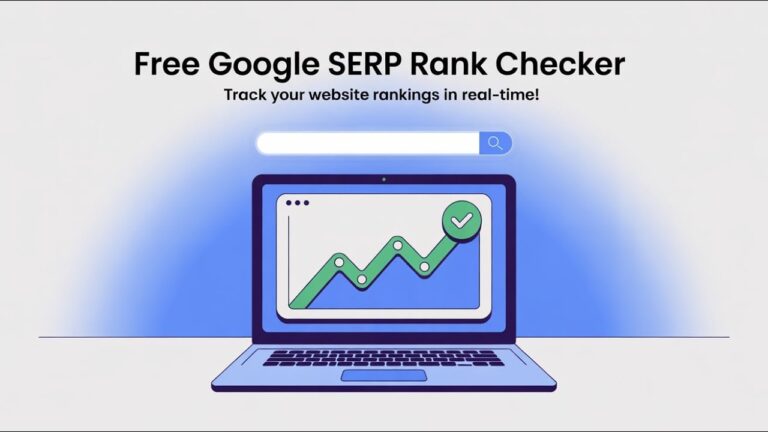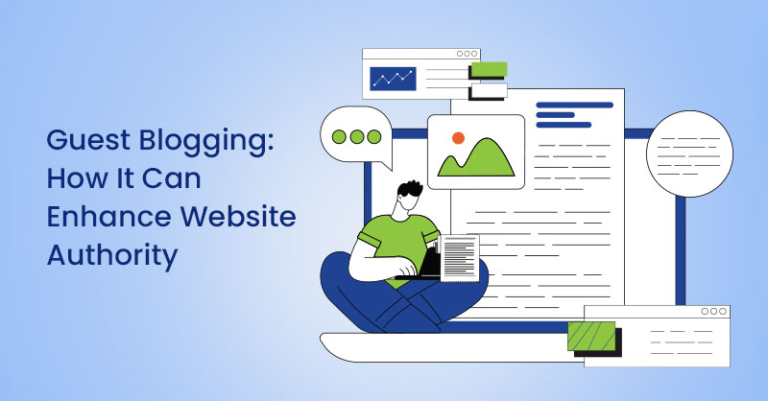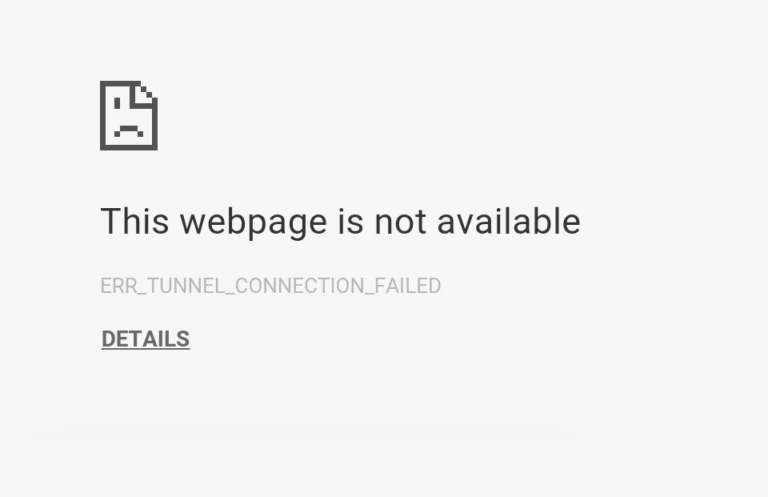How to Turn Clicks into Customers
Getting visitors to your website is just the beginning. Without a strategy to convert those clicks into actual customers, businesses risk losing revenue opportunities. Slow-loading pages, poor navigation, weak calls to action, and a lack of trust signals are among the top reasons for this drop-off. Addressing these challenges strategically can turn website traffic into tangible sales, ensuring consistent business growth.
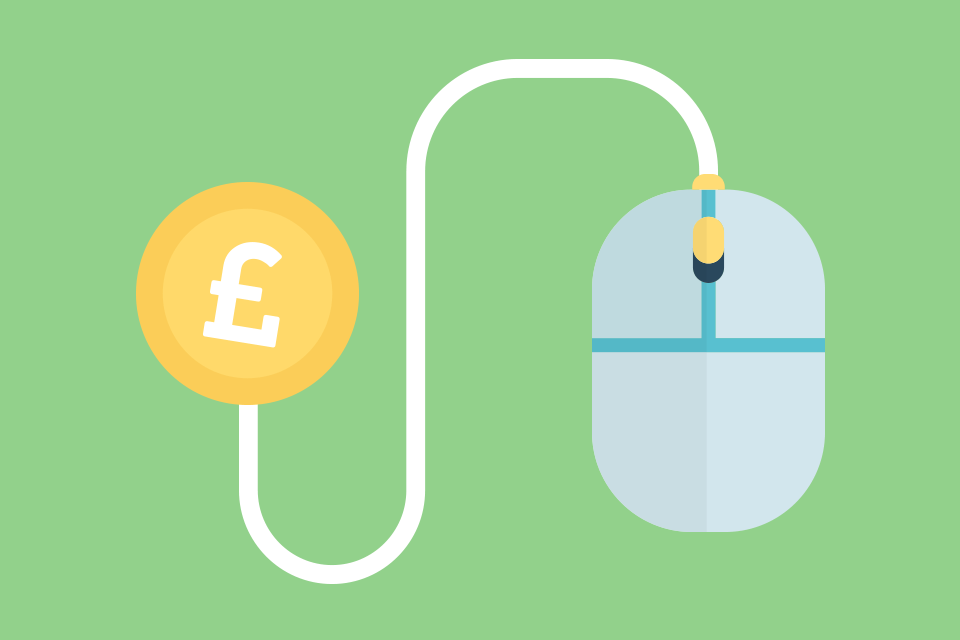
Why Visitors Click but Don’t Convert
A high bounce rate indicates that visitors aren’t finding what they expect or are encountering friction in the buying journey. Website speed is one of the biggest conversion killers, if a page takes longer than three seconds to load, 40% of visitors abandon it.
Additionally, unclear messaging, poorly placed CTAs, and excessive steps in the checkout process discourage users from completing their transactions. Businesses that fail to optimize for mobile also lose a significant share of potential conversions, as over 60% of online traffic now comes from mobile devices. Without a seamless user experience across devices, brands miss the chance to engage and retain their audience.
How to Optimize Website Performance for More Conversions
Enhancing website performance is key to engaging visitors and boosting conversions. A fast, responsive site with intuitive instructions ensures users stay longer and complete desired actions. Here are the steps to optimize your website and turn clicks into loyal customers.
Enhancing Speed and Mobile Responsiveness
Website speed directly impacts user engagement. A delay of even one second can cause a 7% drop in conversions, while pages that load in under two seconds see higher retention rates. Compressing images, enabling browser caching, and using a reliable content delivery network (CDN) can significantly improve load times.
Additionally, ensuring a mobile-friendly layout is compulsory. Google’s mobile-first indexing prioritizes responsive websites, meaning those that aren’t optimized for smartphones risk lower search rankings and lost traffic.
Creating a Clear and Persuasive Layout
A cluttered website confuses visitors and reduces conversion potential. A clean, structured design with ample white space, easy instructions, and strategically placed CTAs encourages users to take action. Visual hierarchy plays a key role, placing important information above the fold and using contrasting colors for buttons improves engagement. Every page should have a clear objective, whether it’s capturing leads, encouraging sign-ups, or driving immediate sales.
How to Build Trust and Increase Buyer Confidence
Building trust is essential for turning visitors into paying customers. Clear policies, secure payment options, and real customer reviews create confidence in your brand. These steps will help reassure buyers and encourage them to complete their purchases:
Using Customer Reviews and Social Proof
People trust real customer experiences more than brand promises. Displaying testimonials, product ratings, and success stories creates credibility and reduces hesitation. Websites that include verified reviews see a 270% higher conversion rate compared to those without them. Adding case studies and user-generated content further strengthens brand trust, giving visitors the reassurance they need to proceed with a purchase.
Providing Transparent Pricing and Guarantees
Hidden fees and unclear pricing structures often lead to abandoned carts. Consumers want upfront costs, no surprises, and a clear value proposition. Offering a money-back guarantee or risk-free trial eliminates doubt, making users more comfortable with their purchase. Companies that provide a hassle-free return policy see increased customer trust and higher repeat purchase rates.
Implementing Security Badges and Trust Seals
Online shoppers are cautious about data security. A website displaying SSL certificates, recognized payment options, and trust badges instills confidence. Research indicates that 17% of shoppers abandon their carts due to security concerns. Simple additions like a visible privacy policy, secure checkout symbols, and well-known payment processors can reassure hesitant buyers.
How to Leverage Marketing Strategies for Higher Conversions
Effective marketing strategies guide potential customers toward making a purchase. Personalized campaigns, retargeting ads, and compelling content keep users engaged and motivated to act. This is how you can maximize conversions and drive consistent sales growth:
Retargeting Lost Visitors with Personalized Campaigns
Not every visitor is ready to buy on their first visit. Retargeting strategies help recapture lost opportunities by displaying relevant ads across platforms or sending personalized follow-ups. Cart abandonment emails alone recover nearly 10% of lost sales, while targeted ad campaigns remind users of the products they browsed.
Aligning Content with User Intent
Users visit websites with different intent, some are researching, while others are ready to make a decision. Businesses must align content to match each stage of the buyer’s journey. Informational blog posts attract top-of-funnel users, while detailed comparison pages help those evaluating their options. For ready-to-buy visitors, optimized landing pages with compelling CTAs and persuasive messaging maximize conversions.
Personalizing the Customer Experience
A customized experience increases engagement. Websites that use AI-driven recommendations, dynamic landing pages, and segmented email marketing see significantly higher conversion rates. Personalization can be as simple as suggesting products based on browsing history or offering returning visitors exclusive discounts.
Businesses that leverage real-time data to adapt their messaging and offers create a more meaningful user journey, leading to stronger brand loyalty.
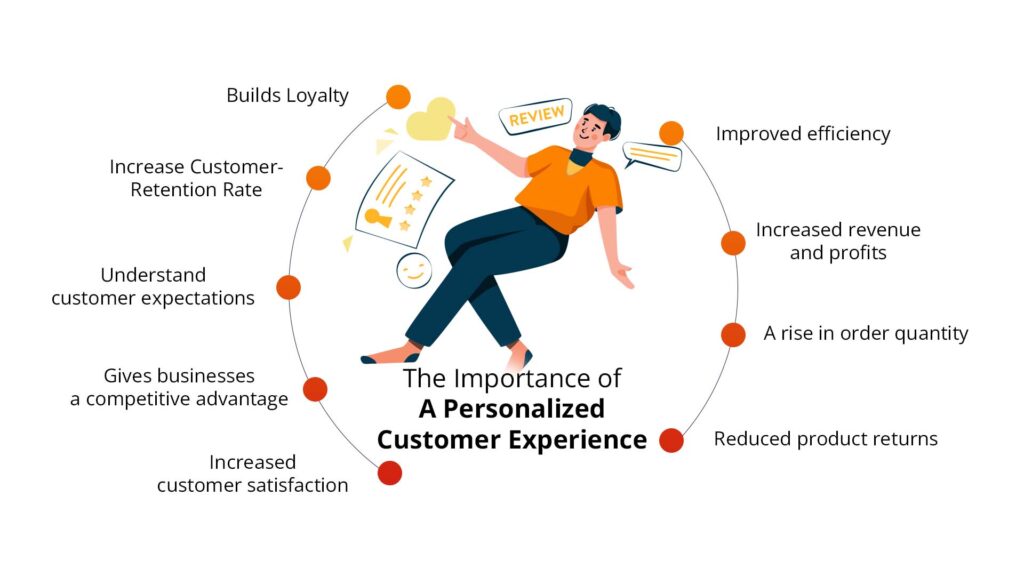
How to Reduce Cart Abandonment and Increase Sales
Simplifying checkout, offering multiple payment options, and using exit-intent popups can significantly reduce cart abandonment. Clear pricing, fast-loading pages, and trust signals also encourage customers to complete their purchases. These strategies will help you recover lost sales and increase overall revenue:
Simplifying the Checkout Process
A complicated checkout process is one of the biggest reasons for cart abandonment. Users should be able to complete their purchase in as few steps as possible. Offering guest checkout options, auto-filling form fields, and multiple payment methods streamlines the experience.
Offering Multiple Payment Options
Different customers prefer different payment methods. Providing flexible payment solutions, such as credit cards, PayPal, Apple Pay, and buy-now-pay-later options, ensures users find an option that suits them. Websites that introduce installment payment plans often see higher average order values and lower cart abandonment rates.
Using Exit-Intent Popups to Capture Last-Minute Sales
When a visitor is about to leave, an exit-intent popup can be the final nudge they need. Offering a limited-time discount, free shipping, or a compelling reason to stay increases conversion chances. Studies show that exit-intent popups recover between 10% and 15% of potential lost sales, making them a powerful tool in conversion optimization.
Conclusion
Turning clicks into customers requires speed, trust, and strategic engagement. A well-optimized website, clear messaging, and smart marketing tactics eliminate friction and drive conversions. By enhancing user experience and leveraging data-driven strategies, businesses can turn traffic into revenue and visitors into loyal buyers.

